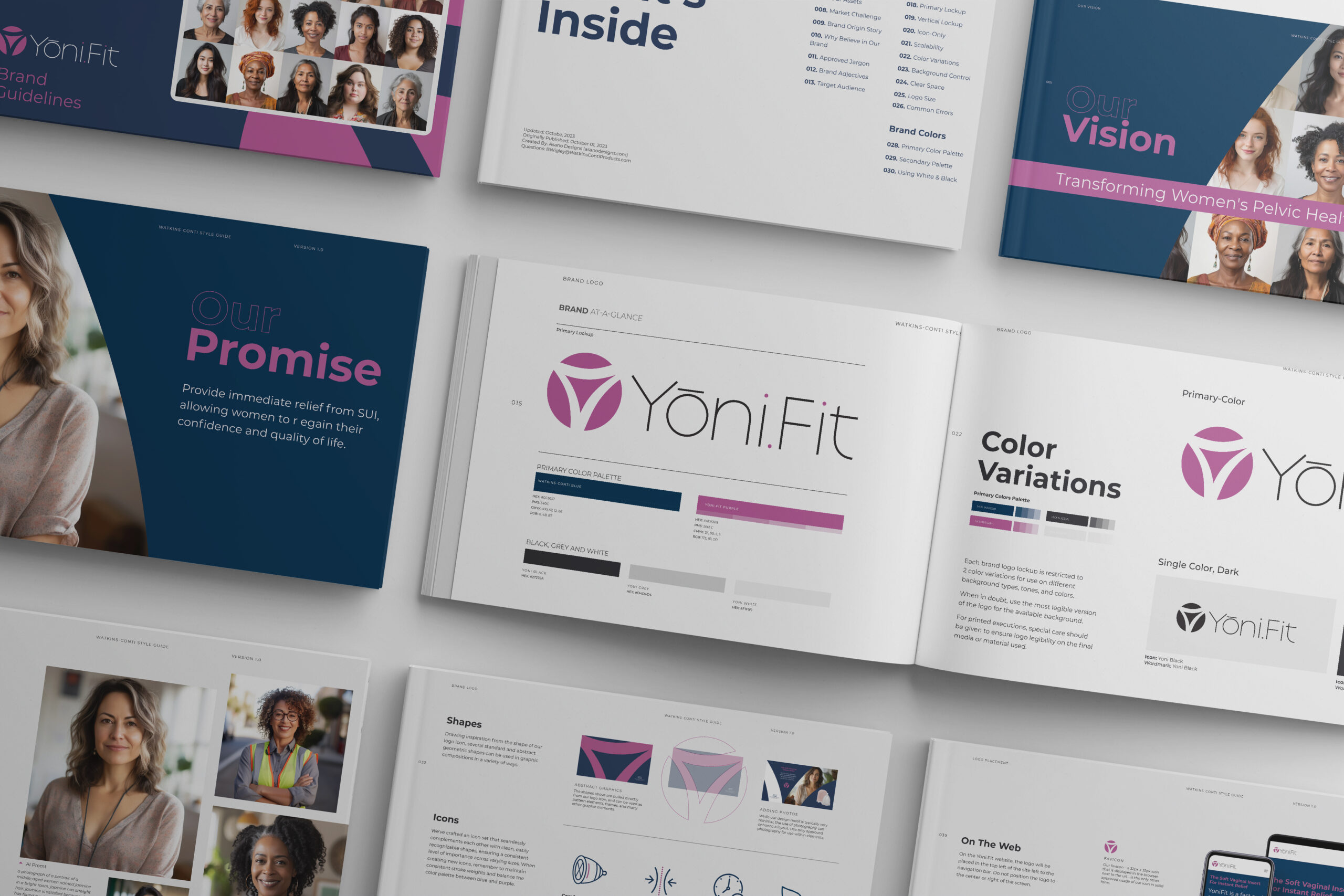Building a robust brand is a critical endeavor for healthcare organizations striving to gain a competitive edge and foster long-term growth. In the dynamic and intricate landscape of the healthcare industry, establishing a visual identity that genuinely connects with the target audience holds unparalleled significance.
Understanding the Components:
A healthcare brand’s visual identity encompasses various elements, including the logo, color scheme, typography, imagery, and overall design aesthetic. These components play a pivotal role in effectively conveying an organization’s mission, values, and services, forming a visual connection that distinguishes it in the healthcare sector.
Tips for Creating a Resonant Visual Identity:
- Understand Your Audience: Before delving into the design process, a comprehensive understanding of the target audience is paramount. Knowing their healthcare needs, interests, and preferences enables the creation of a visual identity that resonates with them. Tailoring messaging and imagery to align with audience characteristics is essential.
- Be Authentic: Healthcare is a deeply personal and emotional experience for patients. An authentic visual identity that reflects the organization’s unique personality, values, and care approach establishes a genuine connection with the audience. Authenticity fosters trust and loyalty, crucial elements in healthcare branding.
- Make It Accessible: Recognizing the potentially intimidating nature of healthcare, a visual identity should convey approachability and ease. Creating a design that communicates a commitment to high-quality, patient-centered care helps alleviate concerns and establishes a sense of comfort for patients.
- Stay Up to Date: Healthcare is in a constant state of evolution. To remain relevant, a healthcare organization’s visual identity should reflect the latest trends and best practices in the industry. Regularly updating branding ensures that the organization appears modern and aligned with current healthcare standards.
Conclusion:
In the competitive landscape of healthcare, crafting a compelling visual identity is a foundational step in building a strong brand. By understanding the audience, being authentic, ensuring accessibility, and staying up to date with industry trends, healthcare organizations can create a visual identity that resonates with their target demographic. Remember, a visual identity is often the first impression, so make it a true reflection of your organization’s mission and values.




